Who Controls the User Experience? AMD’s Carrizo Thoroughly Tested
by Ian Cutress on February 4, 2016 8:00 AM EST#4 The HP Pavilion 17z-g100 (Carrizo, A10-8700P)
Of the group, the HP Pavilion sits as the larger screen, medium range hardware component with a similar sort of finesse to the Elitebook, albeit at a much lower price point. This 17-inch model was certainly heavy, suggesting that it is more aimed at that desktop replacement or mobile office group of users who want a large screen, although this one was also a 1366x768 TN panel, which pushes down the sticker price.
| HP Pavilion 17z-g100 (Carrizo) Specifications | |
| Size and Resolution | 17-inch, 1366x768 TN with Touch |
| Processor | AMD A10-8700P Dual module, 4 threads 1.8 GHz Base Frequency 3.2 GHz Turbo Frequency |
| Graphics | Integrated R6 384 Shader Cores 800 MHz maximum frequency GCN 1.2 |
| TDP | 15W |
| Memory | 8 GB in Single Channel Operation 1 x 8GB at DDR3L-1600 C11 Dual Channel Capable |
| Storage | 1TB HGST HDD |
| Battery Size | 41.113 Wh 4 cell Li-Ion design |
| WiFi | Realtek RTL8723BE 802.11n 1x1 |
| Optical Drive | Yes |
| Dimensions | 16.49 x 11.29 x 1.12-inch |
| Weight | From 6.84 lbs |
| Webcam | 1280x720 |
| Ports | Memory Card Reader HDMI 2 x USB 3.0 + 1 x USB 2.0 10/100 Ethernet |
| Operating System | Windows 10 Home |
This unit was purchased especially for our testing (it turns out there’s a Best Buy around the corner from AMD HQ), and comes in low on the hardware all around. Aside from the screen, the A10-8700P processor comes mid-stack of the Carrizo parts, with a 1.8 GHz base and 3.2 GHz turbo frequency for the dual module/quad thread design. The integrated graphics rings in at 384 streaming processors, or 6 compute units, running at 720 MHz.
Memory and storage are at the base level, going for a single module of 8GB (meaning single-channel memory operation) and a 1TB HGST mechanical hard-drive. The Pavilion is dual channel capable though, which would be my first port of call for an upgrade. The Wi-Fi is also bargain basement, being a single stream 802.11n solution in the Realtek RTL8723BE.
There has to be some upsides to this, right? Assuming low power everything, low resolution display, large heavy design with a big battery? Our light battery life test clocked in at 5.43 hours, or 326 minutes, meaning that some of the hardware here is only here because it needs to hit a price point.
The Design
Aside from the specifications, the Pavilion has a good look to it.
Aside from the outside of the chassis at the top of the page, the insides give a near-complete keyboard with a number pad and a curved fold-in display latch that feels aesthetically pleasing to me. The keyboard has some quirks, namely the arrow keys are of different sizes and the lack of a quick access mute/airplane mode button. The trackpad is slightly offset to the left, and I didn’t actually hate the movement on this one. The wrist rest is smooth but plastic, the sort that leaves oils and grease from hands touching it.
The audio strip is a Bang & Olufsen design, with a power button on the left.
On the sides we get two USB 3.0 ports, a single USB 2.0 port, HDMI output, power/drive lights, a 3.5 mm headset jack, the exhaust vents, a full sized Ethernet port, a card reader, and the first laptop in this test with a DVD drive.
The vent on the side is the exhaust, and the intakes for the Pavilion are on the bottom, as shown above. As you might expect, there are a number of rubber feet on the bottom, including a single strip closed to the user, to help with stability, balance and grip.
Pavilion Specific Testing
On the display, the minute someone announces 13x7 TN it should fill most enthusiasts with dread. The lack of viewing angles was fairly obvious, but it wasn’t the worst display we tested from the set. Low brightness was at 0.624 nits while peak brightness was at 203 nits, giving a respectable 325 contrast ratio. The peak brightness is somewhat low, but that low peak brightness fits between the two Elitebooks.
For color reproducibility, both green and red have a good crack at it, with green doing better under 50% and red doing better over 50%. Blue undershot the whole range pretty much, as we saw on the other HP notebooks.
The processor page looks much like the others, with four processing threads and six graphics compute units.
On the integrated R6 graphics, this confirms the 384 streaming processors running at 720 MHz. An interesting element here is the memory bandwidth, showing 19.2 GB/s which is half-way between single channel and dual channel, which means the memory might speed up under load, or we have a wrong reading. Not sure on that one.
On the battery charge, the 41.1 Wh battery gave a 50% charge in 41 minutes, before hitting 98% charge in 96.


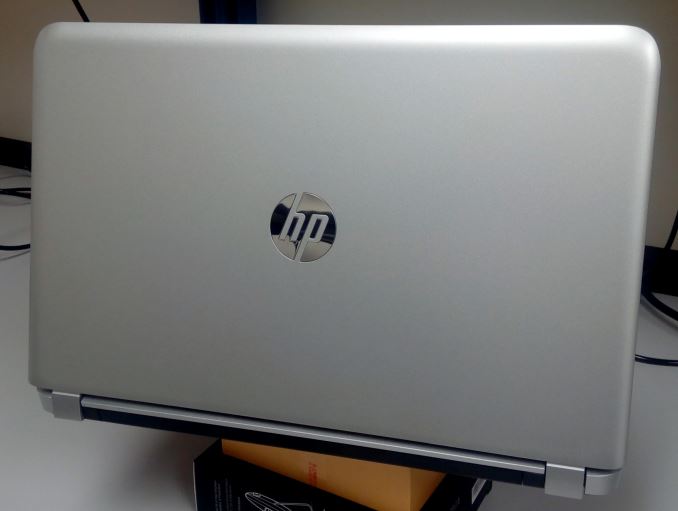






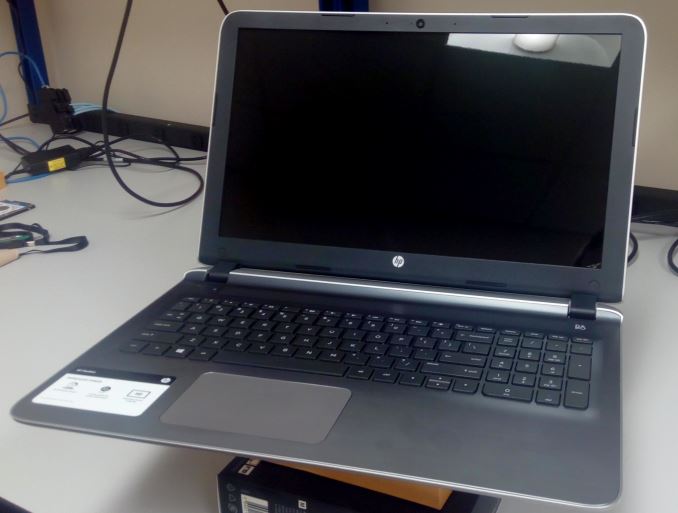
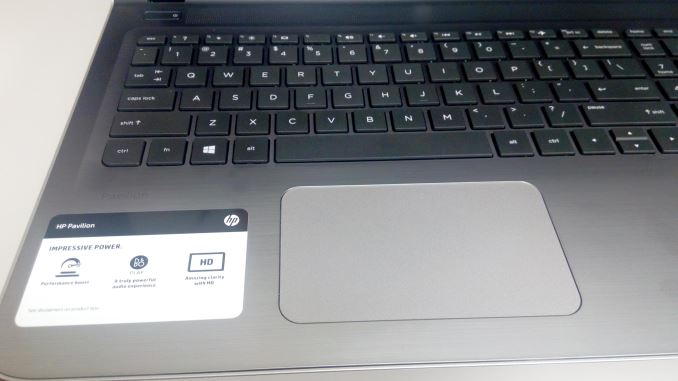
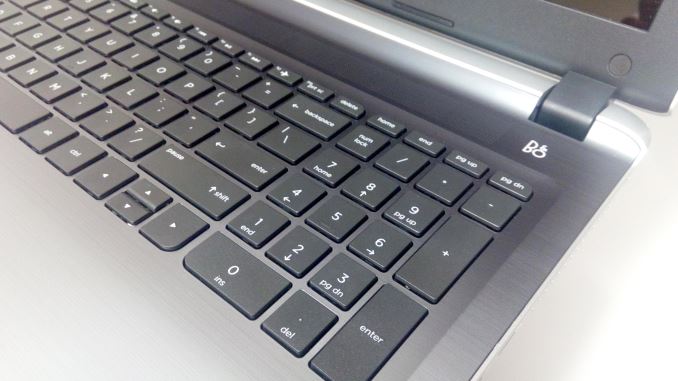


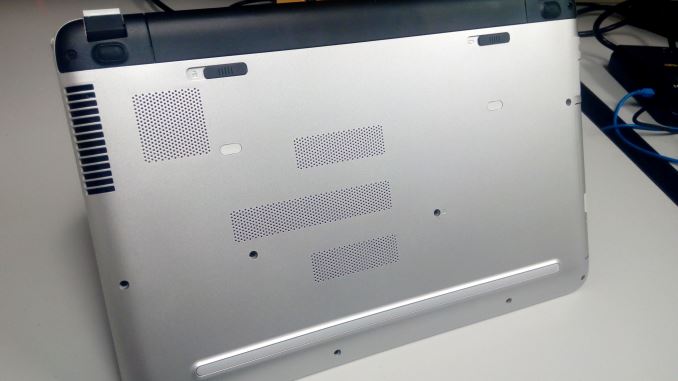
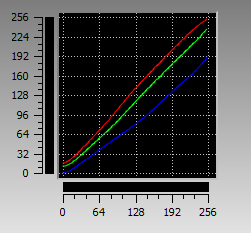

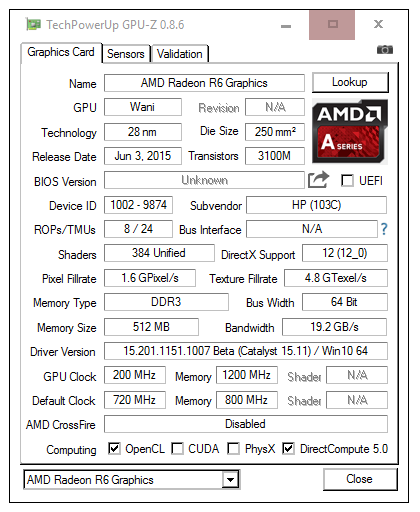
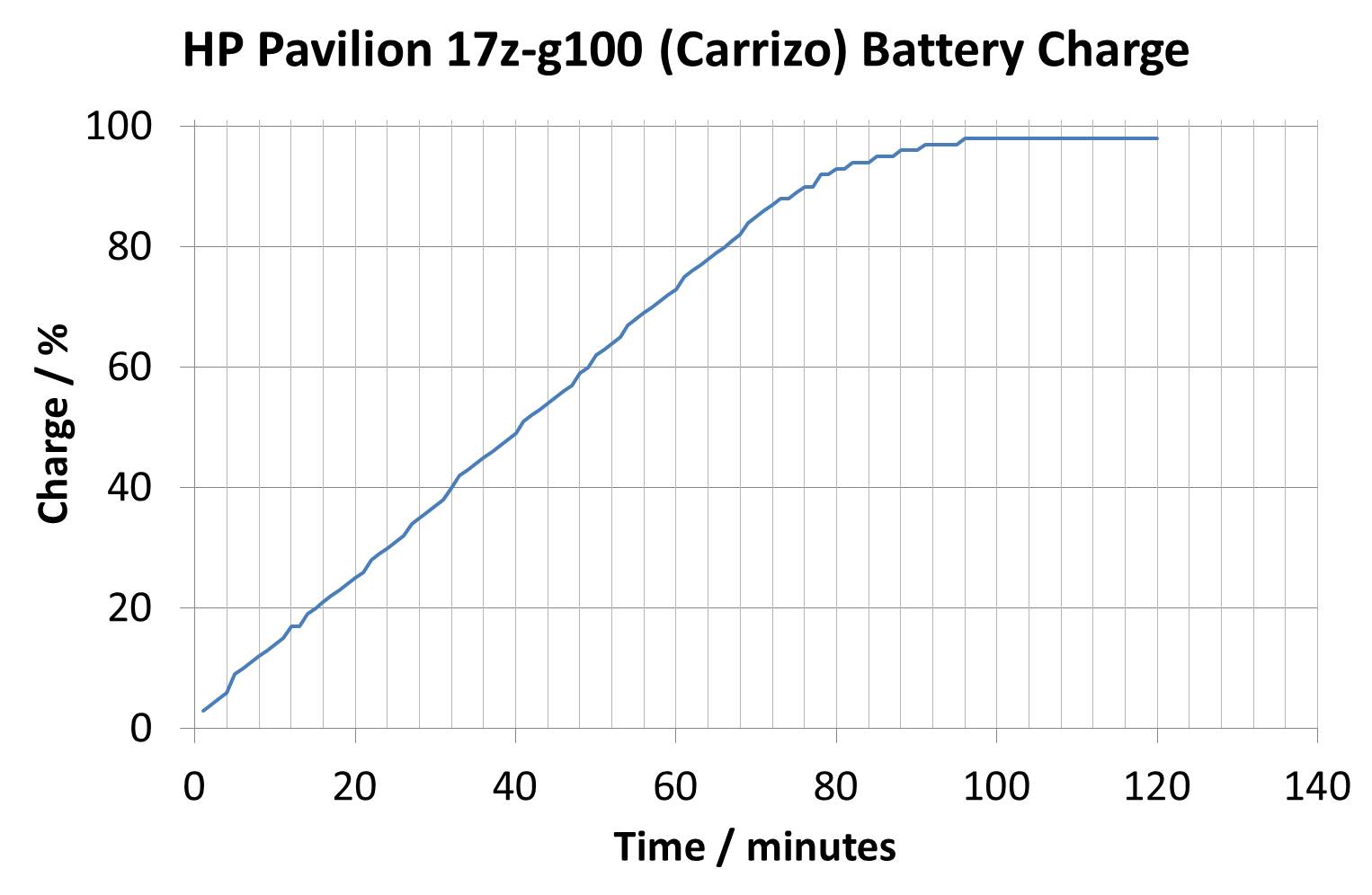








175 Comments
View All Comments
Danvelopment - Monday, February 8, 2016 - link
Strategy AMD should adopt:90% of people don't notice a performance difference above 3000 Super CPU Points, Intel CPUs are usually 4000-8000 Super CPU points, our chips may only range from 3500-4500 Super CPU Points but regular users won't actually notice it, and at the same performance marks we're a hundred dollars cheaper. Make the sensible choice.
Another way, we've done extensive testing to see what end users want and need, then we targeted those sectors, and where we matched Intel we made sure we were a hundred bucks cheaper on the same devices.
"We don't hold the performance crown but the price/performance crown"
Marcelo Viana - Monday, February 8, 2016 - link
Dammit, the solution should be simple, but must come from AMD, since can't expect it from oem's and all of them offer let's say 2011 sockets as example, why amd do not develop a socket switch, so a small board with 2011 pins on the bottom and a circuit on this boad to give a whatever socket amd choose connections on top of it, in order to accept amd chips.But AMD must understand that the memory on their chips must be ddr4(Carrizo do), because the lazy OEMs whon't change memory sockets, as example.
In this case the lazy ones have only to change the chip, and even better if any consumer have a old machine can upgrade to a chip that they choose. simple as that.
Anyone that sales more creates the standard on the market, the others is that must follow.
So who control the user experience? I think no one. everyone in the process just looking to explore the users in order to get money nothing more, but if i have to guess, problably the users. Because they are the one that really have the power to say "i won't buy it or that' or even better "until they give to me what i want" just my 2 cents.
farmergann - Tuesday, February 9, 2016 - link
Seems like you missed out on some highlights of the Y700. The memory is dual channel, the IPS screen has Freesync, and the sound is surprisingly awesome. Replaced the HDD with a Samsung 850 Pro and have thoroughly enjoyed it since.bitech - Tuesday, February 9, 2016 - link
Lol have they never seen a 17" laptop before? The HP Pavilion has a 1600x900 because it's 17". 1600x900 is the minimum resolution on all 17" laptops, not 1366x768.UtilityMax - Wednesday, February 10, 2016 - link
1600x900 is still a crappy resolution for such a large screen. I had a notebook with 15.5 inch 900p screen, and it was visibly grainy.mosu - Tuesday, February 9, 2016 - link
Just few words: Sabotage and corruption at high level OEM decision level. Simple as that.Arief Sujadmika - Wednesday, February 10, 2016 - link
AMD just need a feature to turn off the chips if its detect single channel memory for Carrizo then the OEM will make dual channel memory for it...thatthing - Wednesday, February 10, 2016 - link
the y700 r9 385x is a bonaire gpu, amd has no 512sp chips mobile r9 series, http://www.amd.com/en-us/products/graphics/noteboo...silverblue - Wednesday, February 10, 2016 - link
Articles like these make me want to see how good the unrestricted Athlon X4 845 will be, however as it's probably defective Carrizo silicon, I wouldn't expect it to be massively frugal. I do wonder if there will be any Bristol Ridge Athlons; the top models are rated with a cTDP of 25-45W which is a decent improvement and would reduce/eliminate throttling. Overclocking may not help in terms of power but performance would be more consistent. You also get DDR4 which isn't as big a help for the Athlons but it would be interesting to see the difference.A review of the Dell Inspiron I3656-7800BLK would be a good marker, if only to show the maximum performance of the mobile chips.
Masospaghetti - Wednesday, February 10, 2016 - link
Seems like the best configuration of a Carrizo machine would be a 35w TDP A12 with dual channel memory and integrated graphics (or discrete graphics with crossfire enabled).It's a shame that all of the machines available are severely compromised with either single channel memory, 15w TDP, lack of crossfire, or a combination of these. Seriously. The machines tested have terrible designs. Looks like AMD made a huge mistake providing a common configuration with Carrizo-L with the single channel memory.